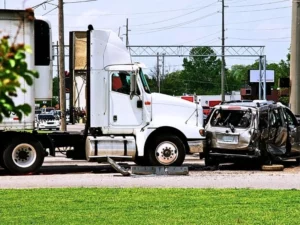
Pushing the limits
According to the State Journal-Register, Governor Pat Quinn signed a bill in August to raise the speed limit on rural Illinois interstates to 70 miles per hour. Counties with high populations will have the authority to set lower speed limits, and some counties, including Cook County, will not see an increase in toll way speed.
Proponents of the higher limit believe that the roads will be safer because difference in travel speed contributes to many accidents, and low speed limits may make speed differentials between drivers worse. According to the Chicago Tribune, many drivers do not follow the speed limits on Chicago highways, leading to dangerous differences in rate of travel:
- Just 5 percent of drivers observe the speed limit in 50 mile per hour zones.
- The average driver travels 11 miles per hour faster than the speed limit.
- One in seven drivers exceeds the speed limit by over 20 miles per hour.
The new legislation also aims to raise the minimum speed to 55 miles per hour where the speed limit increases, which will further reduce discrepancies in travel speed. Still, many safety officials and drivers worry that the sheer increase in speed will lead to an increase in serious auto accidents.
Speed as a crash risk factor
The IIHS provides extensive information on the risks associated with speeding and speed differentials. The IIHS acknowledges that differences in travel speed can raise the risk of accidents, which is why some states and agencies use the 85th percentile rule to determine speed limits. This rule stipulates that speed limits should be set at a speed that 85 percent of drivers will travel below.
Still, the IIHS points out that there are drawbacks to this approach. An 85th percentile speed is not fixed, which means that drivers might adjust to the new speed limit and start violating it, leading to an even higher 85th percentile speed. Besides, higher speed travel increases the risk of serious crashes because it gives drivers less time to react and it increases the energy that must be dispelled during the crash.
The challenge of making the roadways safer for every motorist is a complex one. Independent researchers and safety advocates do not agree on the effects of raising speed limits, so it is important for drivers in Illinois to recognize the potential risk that comes with traveling faster. Drivers should also be conscientious of weather or road conditions that make higher speeds unadvisable.
Of course, sometimes drivers who do make responsible choices fall victim to the reckless decisions of other motorists. If you have been injured in an accident with a driver who was speeding or otherwise acting negligently, you should speak with an attorney about seeking compensation.







